Table of Contents
Mutriku, what to see and do in one of the most beautiful coastal towns of Gipuzkoa.
Mutriku, formerly Motrico, is one of the most charismatic villages of the coast of Gipuzkoa. A town that invites us to walk through each of its streets and squares to learn much of its history and culture. Located in the westernmost stretch of the coast of Gipuzkoa, on the cliffs, Mutriku offers a nice range of places to see and enjoy. Authentic and unique spaces that we will be revealing to you throughout this article.  This fishing village has been home to illustrious people such as Antonio Gaztañeta, Cosme Damián Churruca or Evaristo Churruca. Renowned personalities, who began to write their history within the ancient walls of Mutriku. This urban center with sea flavor has authentic treasures such as the Arrietakua Palace, the Zabiel Palace, the Montalivet Palace House or the Church of Our Lady of the Assumption. Architectural and historical jewels, which, fused with the incredible stretch of coastline that surrounds them, offer us a most attractive tourist destination. Would you like to visit Mutriku with us?
This fishing village has been home to illustrious people such as Antonio Gaztañeta, Cosme Damián Churruca or Evaristo Churruca. Renowned personalities, who began to write their history within the ancient walls of Mutriku. This urban center with sea flavor has authentic treasures such as the Arrietakua Palace, the Zabiel Palace, the Montalivet Palace House or the Church of Our Lady of the Assumption. Architectural and historical jewels, which, fused with the incredible stretch of coastline that surrounds them, offer us a most attractive tourist destination. Would you like to visit Mutriku with us? 
Information about Mutriku.
- Reservations: Here.
- Population: 5.000
- Attractions: Beach, natural pools and a very charming urban center.
- Location: Mutriku, Debabarrena, Gipuzkoa, Euskadi.
The historic center of Mutriku was declared a monumental site in 1995, a space that even today continues to show us some of its most remarkable medieval treasures. Hidden among its narrow cobbled streets, the palaces of the fifteenth, sixteenth and seventeenth centuries make us travel to another era through their wrought balconies, their decorated eaves and their huge coats of arms. 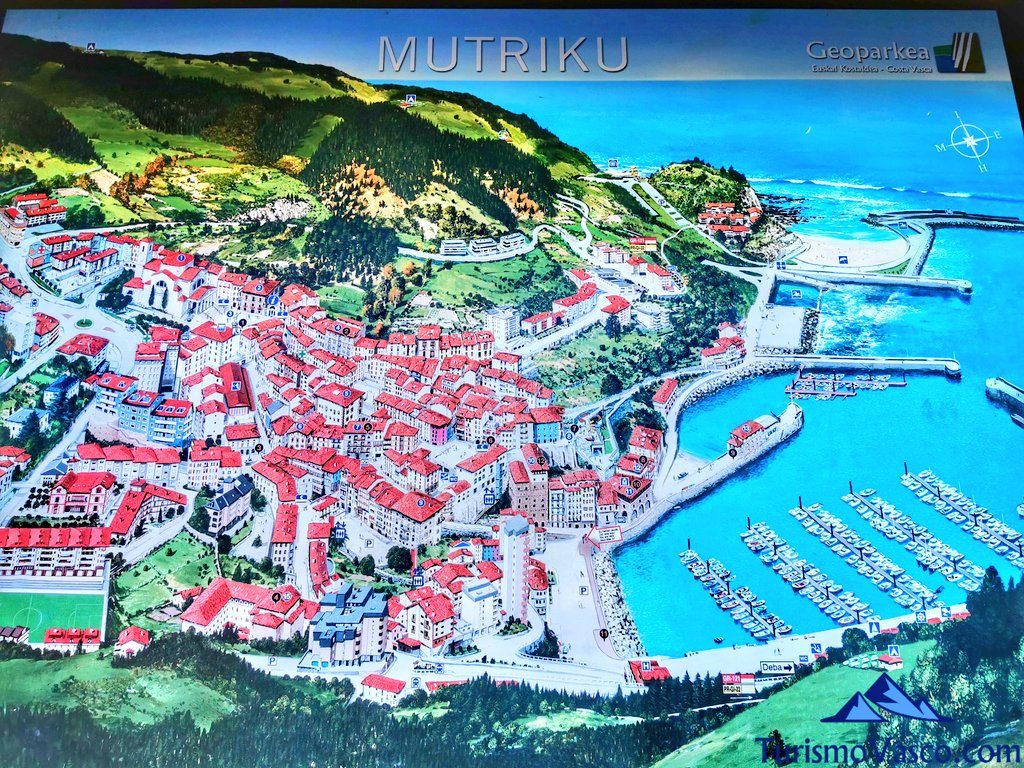
History of Mutriku.
Mutriku is one of the oldest towns in Gipuzkoa and the Basque Country. Thanks to archaeological studies carried out in caves such as Jentiletxeta, Langatxo or Iruroin, experts have been able to date the first signs of human activity in Mutriku to the Paleolithic period. However, the foundation of this town did not take place until 1209, when King Alfonso VIII of Castile granted the “Town Charter” to this town in Gipuzkoa. It was at this time that Mutriku began to build the defensive wall that would protect the small urban center at that time. Unfortunately, the expansion carried out outside the walls caused the wall to lose its strength until it practically disappeared at first sight. Throughout its history, the urban center of Mutriku has suffered several major fires (1484 and 1553), even so, historic buildings are still preserved in the heart of the town. Would you like to know them with us? 
What to see in Mutriku.
This small and charming urban center has dozens of places to visit, but its greatest beauty lies in its particular historic center. A space located on the hillside, which was listed as a monumental site in 1995. In this sense, getting lost in its narrow and cobbled streets can be a real luck and the different palaces that we find in Mutriku make anyone’s eyes happy. 
Arrietakua Palace: This palace is one of the most important buildings in this urban center. Built by Antonio Gaztañeta, a legendary sailor from Mutriku, this 18th century palace has been declared a Historic-Artistic Monument. At the end of the 18th century this house became the property of Cosme Damián Churruca, another illustrious person from Mutriku. Its exterior is striking with its engravings, its balconies and its coat of arms, but its interior is even more striking, as it preserves intact all the original furniture of that time. A unique space to learn how they lived at that time. 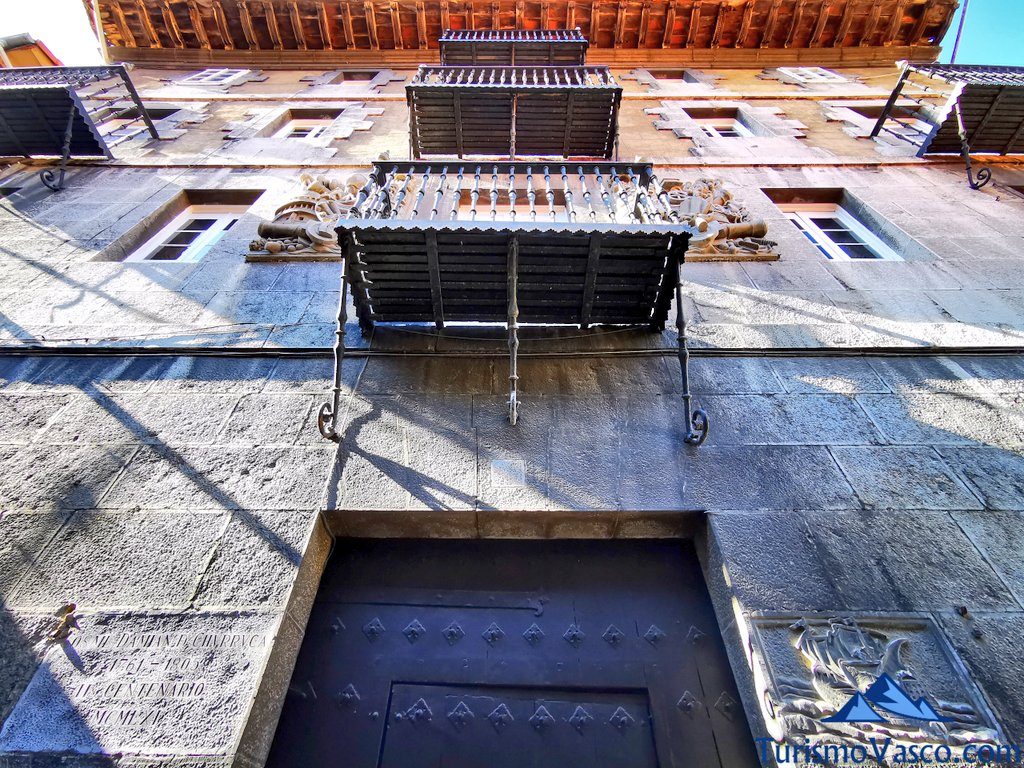
Galdona Palace: This palace built in the seventeenth century is another of the buildings in Mutriku that has been declared a Historic-Artistic Monument. Located in the center, in the Txurruka Square, next to the tourist office, it attracts the attention of all the people who visit this town. Like Arrietakua, its forged balconies, its eaves and its coat of arms are its main attractions. 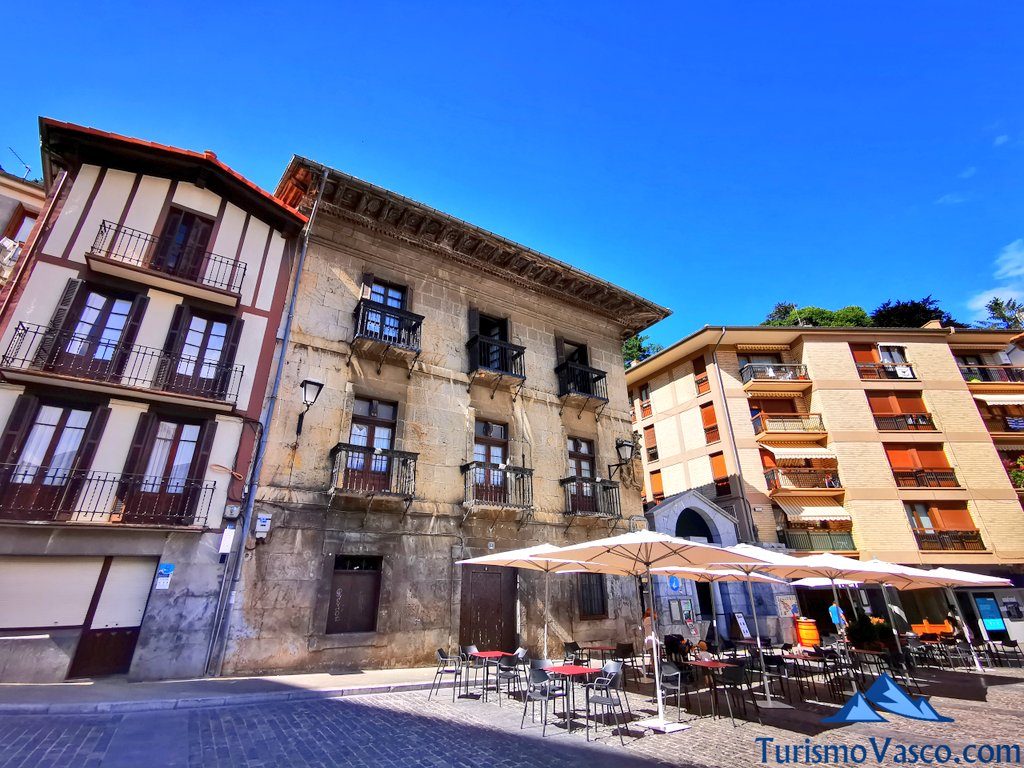
Zabiel Palace: Another artistic historical monument of Mutriku. This construction of the XVI century calls the attention by its main facade that presents a decoration of the most interesting thing. Although the characteristics of this palace are similar to the previously mentioned Arrietakua and Galdona, we must indicate that, in this case, the old entrance door to the garden of the house is also conserved. Nowadays, this garden has been converted into a square where different cultural activities take place in summer. And it is that we must indicate that Zabiel was rehabilitated to become the house of culture of Mutriku. 
Montalivet Palace: 18th century baroque palace declared a Historic-Artistic Monument. Another one. Structure built by José Iturribalzaga Sánchez-Revata Montalivet y Forjado, another illustrious sailor. As you can see, the inhabitants of Mutriku have always kept close ties with the sea. Whether as whale fishermen, sailors or arrantzales (fishermen in Basque). 
Nuestra Señora de la Asunción Church: One of the most striking buildings in Mutriku. An imposing church that leaves no one indifferent. Even more so if you visit its interior. Declared a National Monument of Euskadi, the church of Nuestra Señora de la Asunción has a portico of 6 columns, which, together with the rest of its elements, turns this religious building into a unique space. According to experts, this church built between 1803 and 1843 by the architect Silvestre Pérez is one of the best representatives of the neoclassical style in Gipuzkoa. 
Cosme Damián Churruca Statue: Cosme Damián Churruca has a statue in the center of town, in the square that bears his surname, in front of the town hall, the church of Nuestra Señora de la Asunción and the tourist office. Thus, the most emblematic character of Mutriku has a commemorative monument in which some chapters of his life are told. The large pedestal on which the statue sits has plaques on which you can read phrases such as “He died gloriously in the battle of Trafalgar commanding the ship S. Juan Nepomuceno, on October 21, 1805”. On the other hand, the statue shows a Cosme Damián Churruca with his best clothes of the time pointing to the horizon and surrounded by marine elements such as an anchor, a cannon or chains. 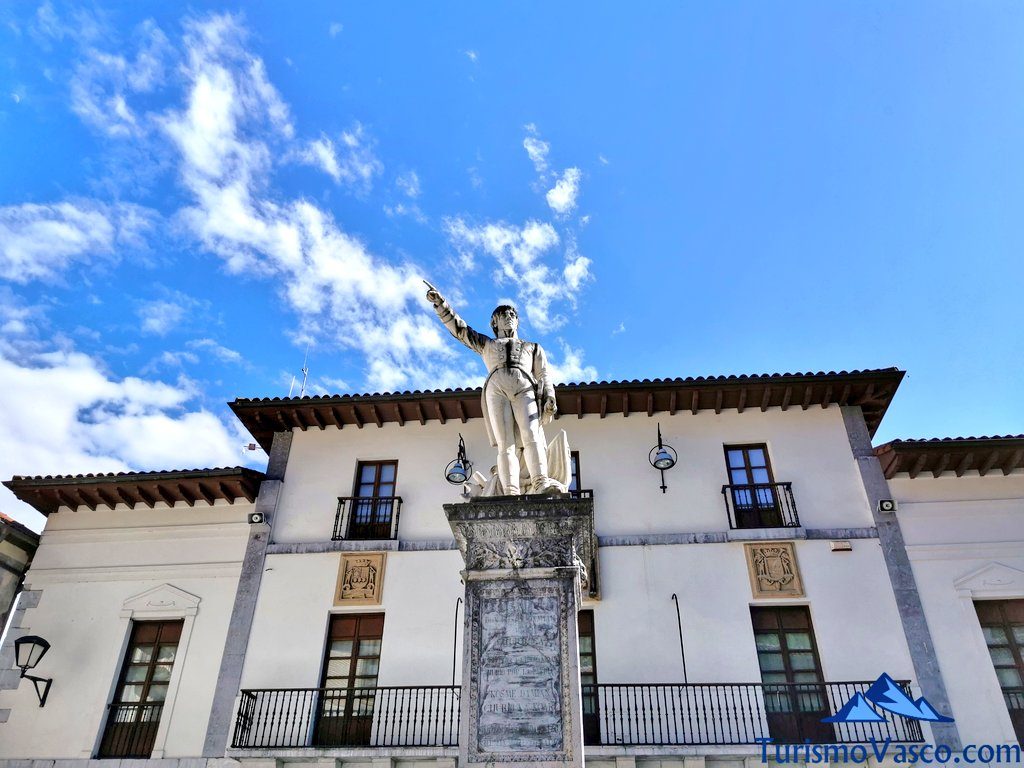
Olazaharra Mizkia Palace: This historic-artistic monument built at the end of the 17th century by Captain Lucas de Olazarra y de Mizquia follows the architectural lines of the rest of the palaces we have presented: family coat of arms, wrought iron balconies, ashlar facade and carved eaves. Another architectural work to take into account. 
Berriatua Tower: On the way down to the port, in a strategic space, we find the Berriatua Tower, according to experts one of the best preserved Gothic style buildings in all of Gipuzkoa. As a curiosity we must say that this building is also known as “Sulengo”, something like before the fire in Basque. This nickname refers to the fact that it was one of the few buildings in Mutriku that survived the fire of 1543. 
Nautilus Museum: The Nautilus Museum of Mutriku, Mutriku’s geological interpretation center, houses a beautiful collection of pieces that have been found throughout the length and breadth of the Black Flysch of Mutriku. Fossils and other rock formations await our visit. A space that helps us to understand the origin of the geological formations that we find in Geoparkea. 
Txurruka Plaza: The Txurruka Plaza represents the main square of the town, one of the nerve centers of Mutriku. It is here, where the church Nuestra Señora de la Asunción, the monument to Churruca, the town hall, the Galdona Palace and the tourist office form a space of great historical and cultural value. 
Port: The port of Mutriku is one of the oldest in Gipuzkoa and Euskadi, as evidenced by various documents that indicate that the original port was built in the thirteenth century. We must remember that Mutriku has a great seafaring tradition, first with whale fishing and later with other activities derived from this same sector. This tradition is reflected in the festival “Berdel eguna”, the day of the mackerel in Basque, a festival held annually every first Saturday of April. Here are some of the historical landmarks of the port of Mutriku:
- In 1877, the first major work was carried out to remodel the port and adopt the structure we know today. The design of this port was by the Basque engineer Evaristo Churruca.
- Due to the damage caused by the sea, in 1932, Ramon Iribarren modified part of the port to try to prevent the sea from damaging this structure.
- In 2001 a new marina was planned, but it was never built. However, in 2011 a large breakwater was created, the last one we can see from land. It is here, where, taking advantage of the construction of this new breakwater, the wave power plant of Mutriku, the engineering mechanism that obtains energy from the waves of the sea, was implanted.
- Finally, in 2014, Mutriku’s marina was created in the same space where the town’s traditional port has existed.

Old fish market: In the lower part, next to the port, we find the old fish market of Mutriku. A structure that attracts attention from afar just by sighting the impressive arches that support most of its structure. A building that, even having been modified over the years, still maintains the same charm it had in its origin (15th century). Undoubtedly a unique building of the town. 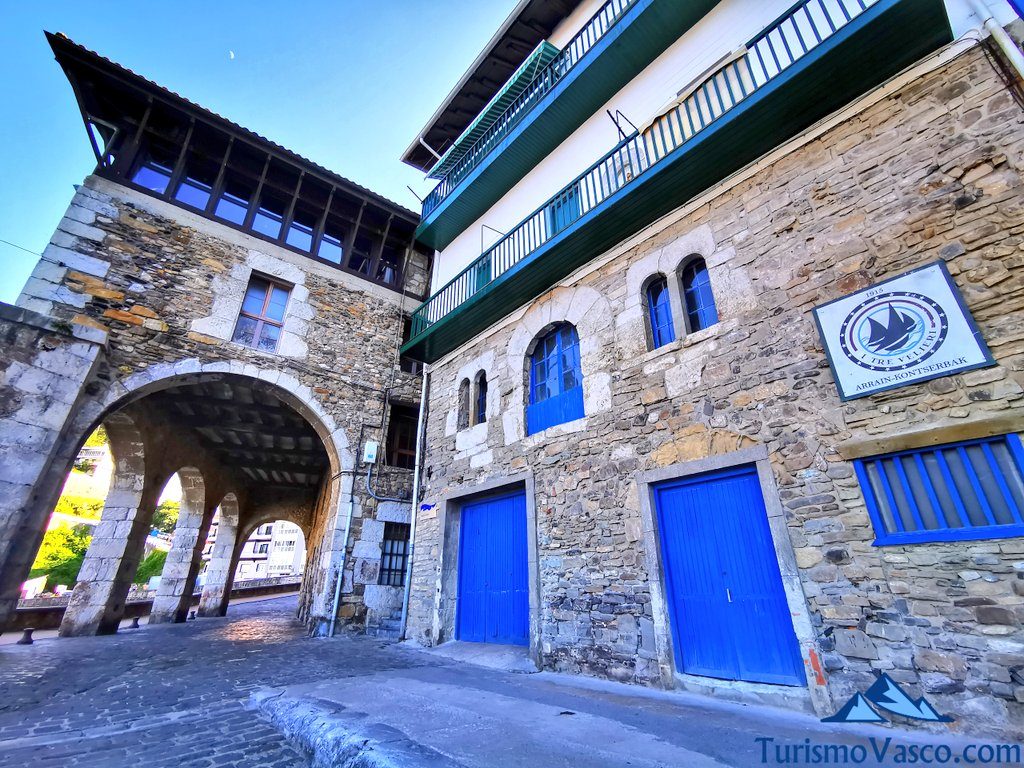
Wave power plant: The Mutriku wave power plant, known by the locals as “The Dragon” because of the sound it emits when it receives the impact of the waves, was inaugurated in 2011 with the sole purpose of studying and harnessing the energy produced by the onslaught of the Cantabrian Sea. It should be noted that the Mutriku wave power plant was the first plant of its kind in Europe to commercialize the energy it produced. At present, this plant offers guided tours throughout most of the year. An initiative of EVE (Basque Energy Agency) and the Mutriku City Council that aims to show visitors how the turbines installed here can generate a power of 296 KW. Sustainable energy. 
Atxukale: This emblematic viewpoint and balcony of Mutriku gives us breathtaking views of the sea. But not only that, nowadays Atxukale represents a meeting place for families and friends. A space with a strong personality that we are sure you will love. 
Mural: The mural found in Atxukale, in the aforementioned viewpoint, is one of the most striking works of this town in Gipuzkoa. The work shows a whale with its calf under the gaze of 3 children from Mutriku. Thus making a nod to the ties that have kept Mutriku and the sea. A mural of more than 5 meters long and 3 meters high that was created by the group Mutrikuko Arte Lagunak (Friends of the art of Mutriku in Basque). On the 2 sides, to the left and right we find a song in Basque that accompanies the mural. 
Natural pools: Between the breakwater and the port there are 2 large natural pools. These natural pools represent one of the most important attractions of Mutriku during the summer season. The water in these pools fills up naturally with the changing of the tides. A real pleasure. In few spaces of the Cantabrian coast you will find natural swimming pools so big and with so many services as these (parking, lifeguards, said, baths and sources). Salty pools, free and open to the delight of all audiences. 
Beaches: The different beaches found throughout the length and breadth of Mutriku allow us to choose the “sandy” in which to enjoy the pleasant summer temperatures. And the fact is that the coast of Mutriku, abrupt and wild, keeps spaces of great charm in its interior. The most popular beaches are Mutriku beach, located in the town itself, next to the natural pools, and Saturraran beach, on the border with Ondarru. But they are not the only ones, Burumendi beach, Alcolea beach and Ondarbeltz also have their public. 
Nature: Mutriku has a natural environment to take the hiccups, as evidenced by spaces such as the black flysch. Places of great charm that we are sure that you will end up falling in love. We recommend that you explore the coast of Mutriku stopping at all those natural viewpoints that we find on our way. 
Sokamuturra: Although it seems that the games with bulls have not had great presence in Euskadi, although it seems that this type of traditions are more related to the culture of the people of the south of the peninsula, we must say that towns like Mutriku, Deba or Azpeitia have a great livestock tradition. Witness of it is this work of art that we find in the streets of Mutriku. 
Mutriku Deba Route: The Mutriku Deba route connects both municipalities by means of a wide pedestrian walkway of recent creation. A route of great beauty, which allows us to enjoy the Basque coast. Unfortunately, the route is not finished and for now does not connect with Deba, it is cut at the height of Ondarbeltz beach. Even so, the route is very worthwhile. 
These are just some of the most striking places in Mutriku, but there are many more, such as Olatz, the Convent of Santa Katalina, the Luardo Tower House or the monumental complex of Astigarribia. Would you like to visit all the places in Mutriku on your next trip? 
Historical characters.
Mutriku has to its credit several historical figures. Men who were known around the world for their professional and personal achievements. Here is a brief summary of the most prominent historical figures of Mutriku. 
- Cosme Damián Churruca: This man of science from Mutriku came to have an important reputation in the navy thanks to his numerous studies and achievements. Churruca was born in 1761 in the Arrietacua Palace of Mutriku, after studying in Burgos and with only 15 years of age he enlisted in the academies of Cadiz and Ferrol in order to train in the world of mathematics and astronomy. As a sailor, he took part in the siege of Gibraltar, different geographical expeditions and several trips around Europe. In 1802, after the death of his father, Churruca assumed the position of mayor in his native Mutriku, a position he had to leave in 1805 due to the conflict between Spain and England to participate in the Battle of Trafalgar, a historical milestone in which he unfortunately lost his life.
- Antonio de Gaztañeta: This Basque engineer and sailor was born in Mutriku in 1656 into a family with a great shipping tradition. In fact, his first great naval voyage was made at the age of 16 in a vessel that was captained by his own father. Unfortunately, during this voyage his father died and he had to take the reins of the ship. In 1686 he entered the royal navy, where he did a great deal of field work and research. He spent his last years commanding the Fleet of the Indies. He died in Madrid of a sudden and natural death.
- Evaristo Churruca: Evaristo Churruca was not born in Mutriku, but this medieval village, where his family originated, was an important part of his childhood and adolescence. After being born in Navarre, in Izu, his family moved to Mutriku where Evaristo would become an engineer of great international importance. Witness to this are the engineering works carried out in the towns of Mutriku, Getxo and Bilbao, where he managed to tame the sea and protect its inhabitants from possible adverse phenomena. But his works were not limited to the Basque coast; his work extended to South America and Europe. Thanks to his work, he was named Count of Motrico in 1908.

What to see near Mutriku.
Mutriku has areas of great interest around it, villages and natural areas that we are sure you will love. Here is a brief summary.
Video of Mutriku.
As usual in our articles, we have created a small video that will allow you to know the most striking corners of Mutriku in a more real way. A resource that perfectly complements the words and photographs in this article. In case you like this kind of videos, we recommend you to subscribe to our YouTube channel. You may find another destination that catches your attention.
As you have been able to see, Mutriku has a nice range of places to see and enjoy. We strongly recommend you to visit Mutriku during any trip to Euskadi. In case you have any doubts or suggestions, we encourage you to use the comments system below these lines to let us know. We will try to respond as soon as possible. Ondo pass!


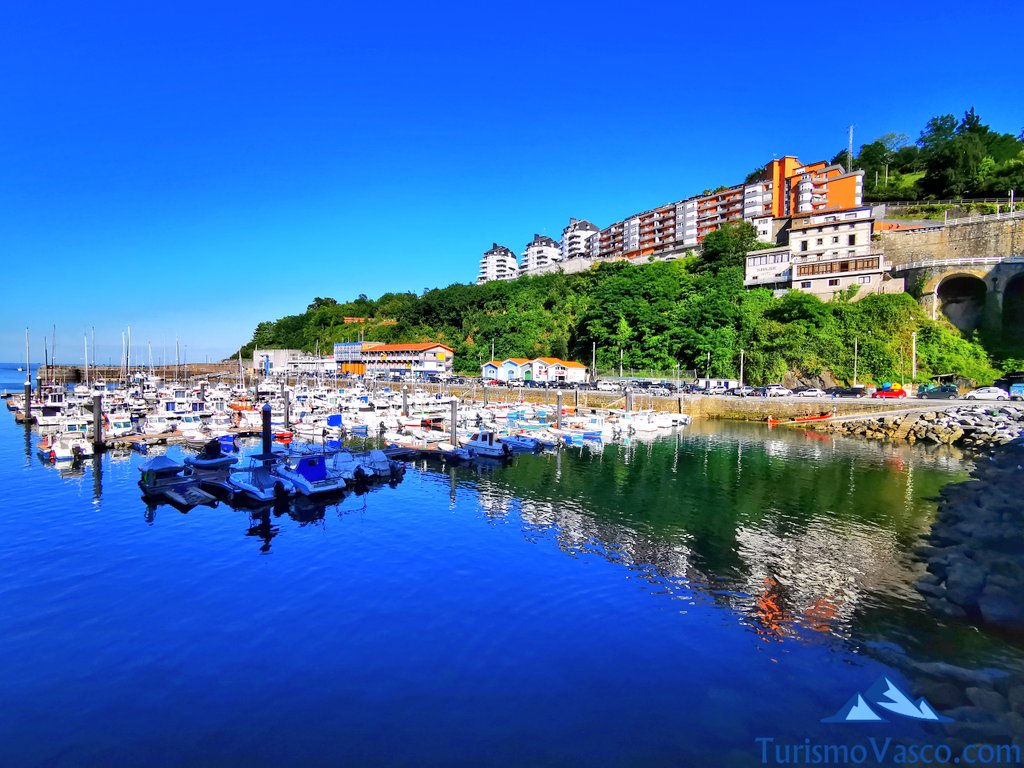
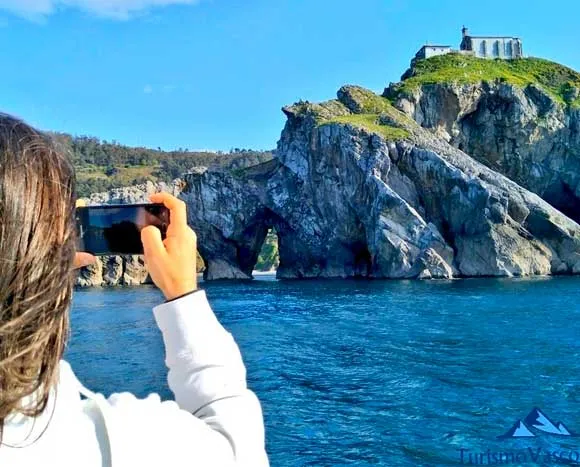


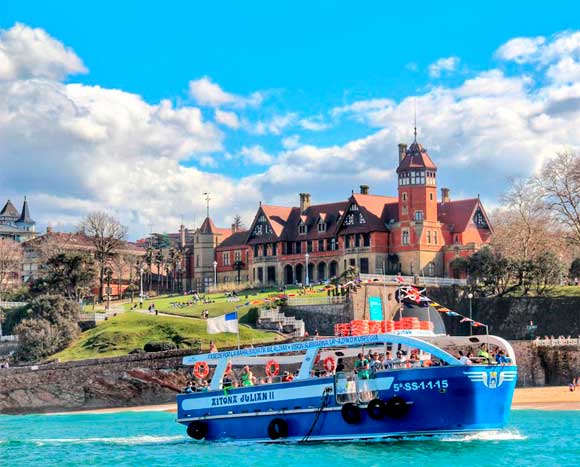
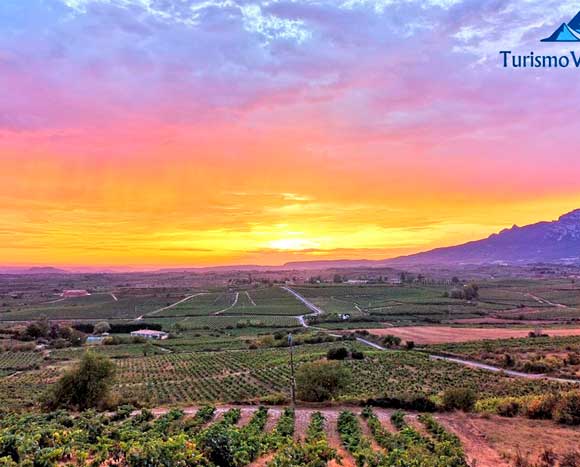





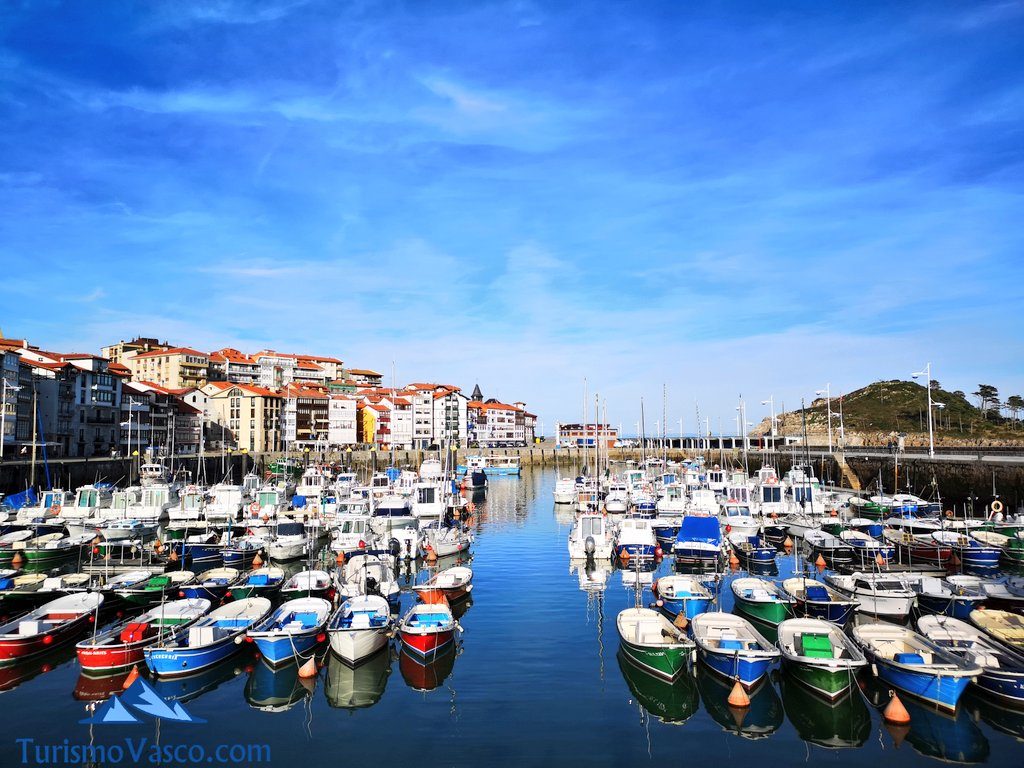
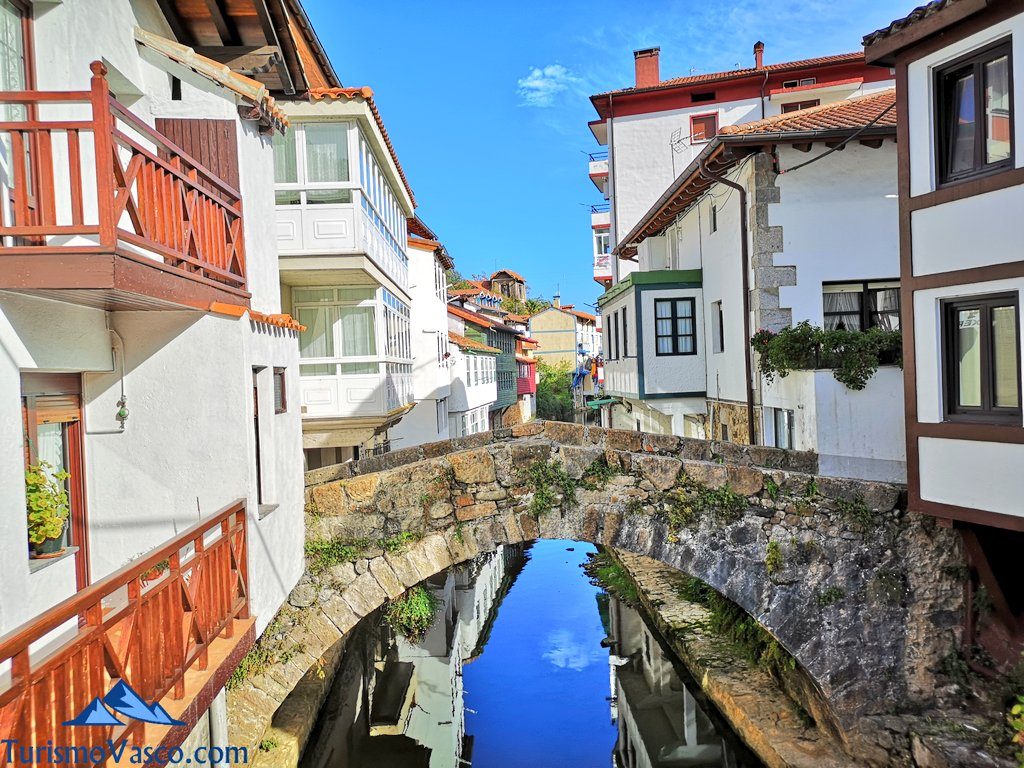


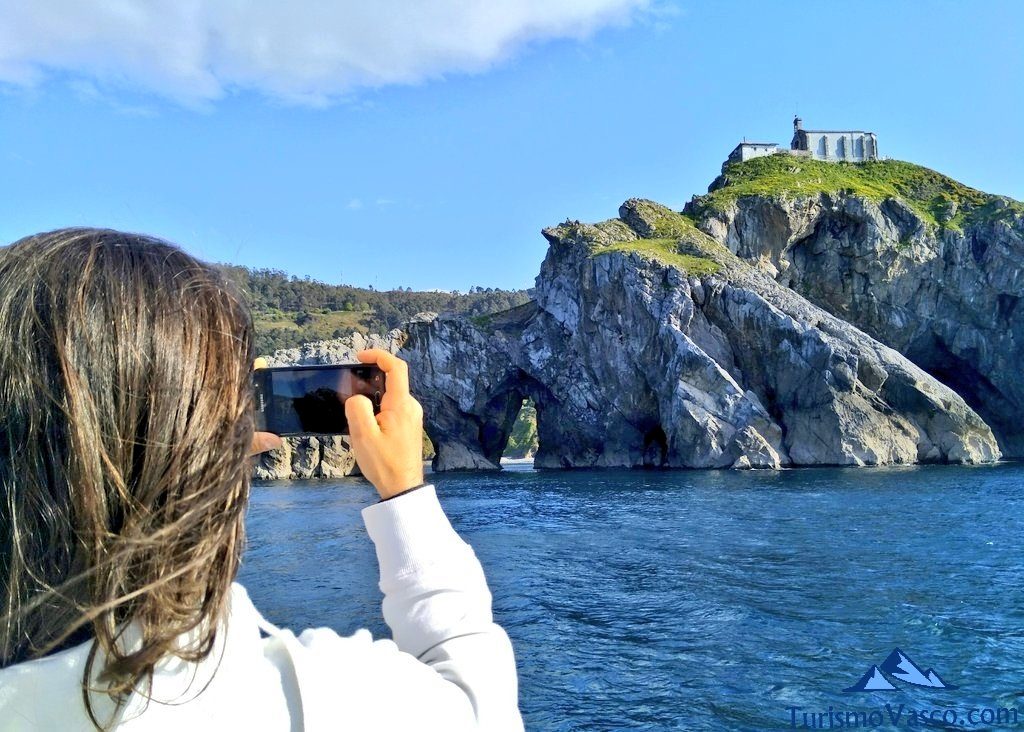

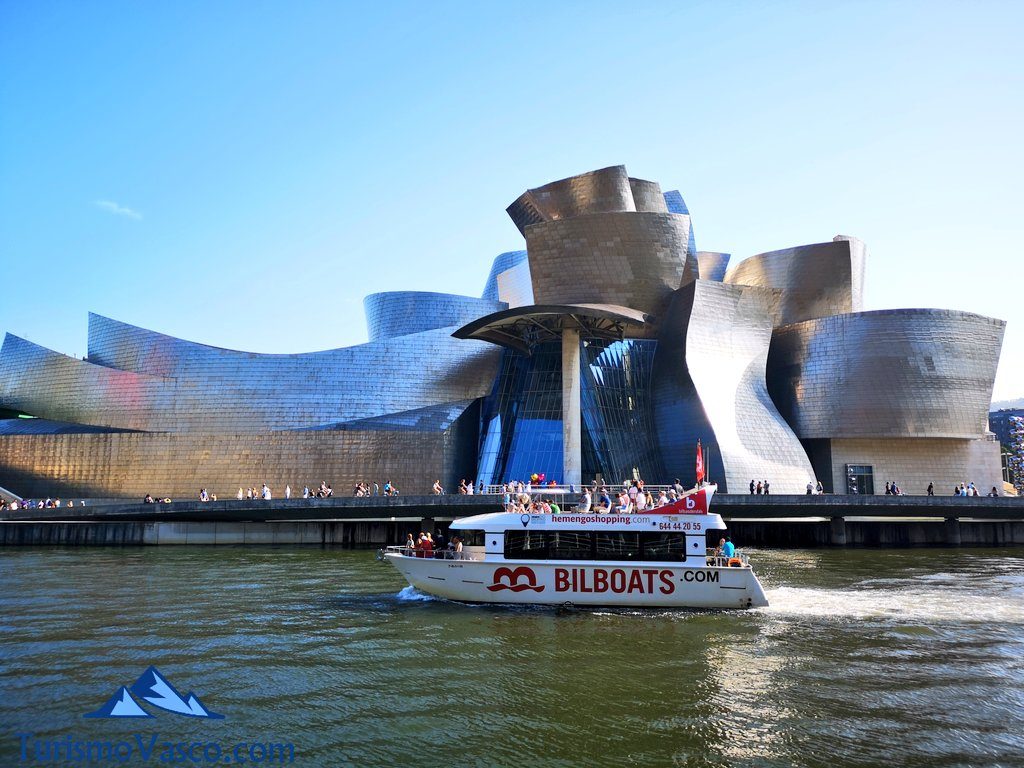

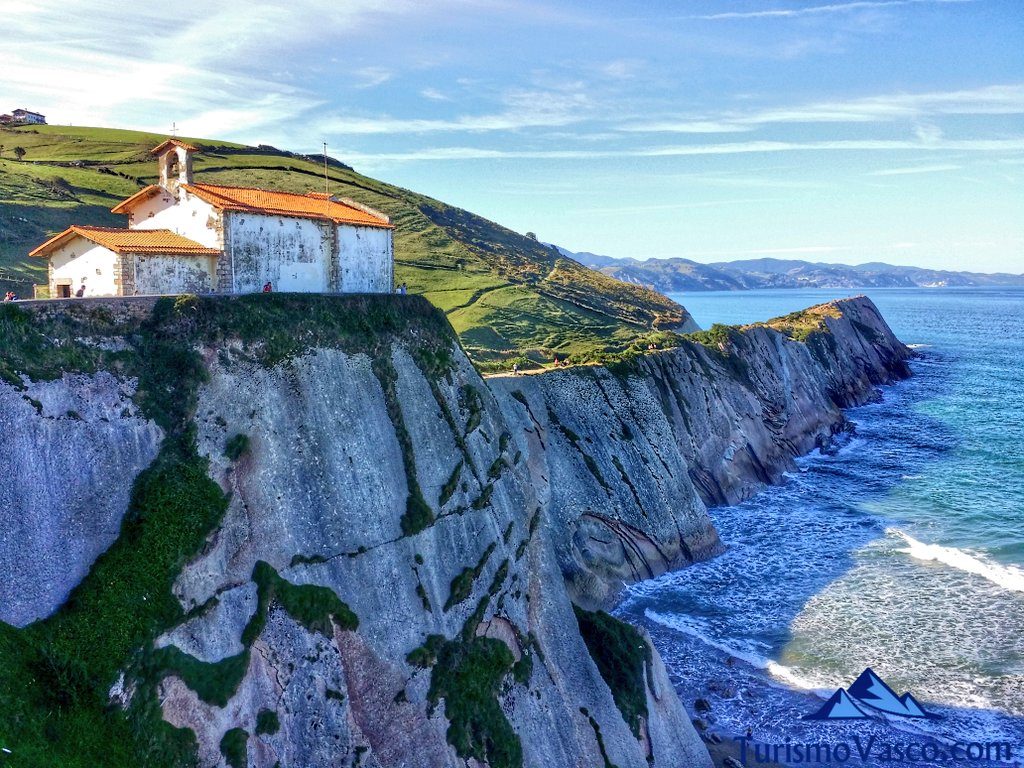






0 Comments